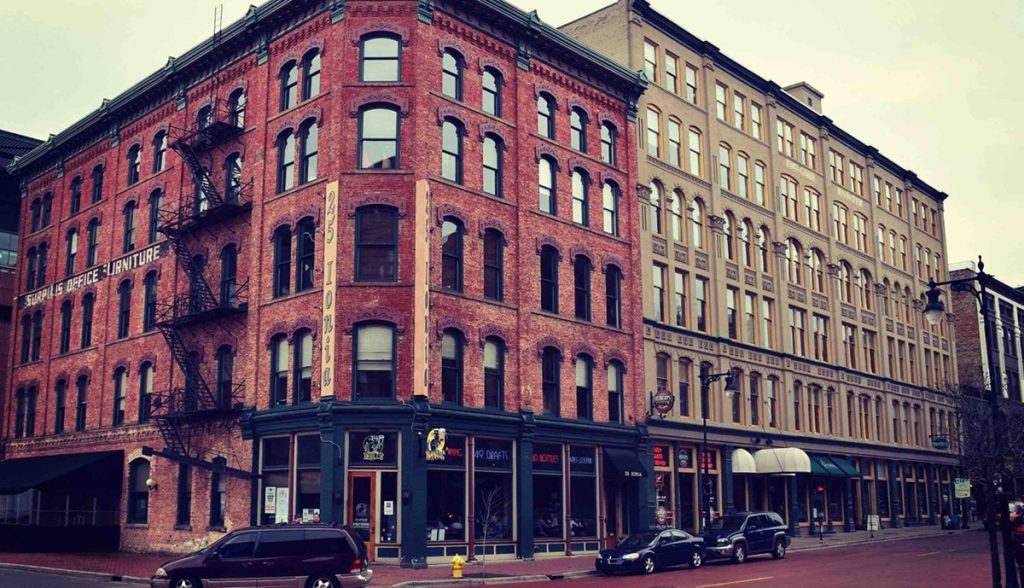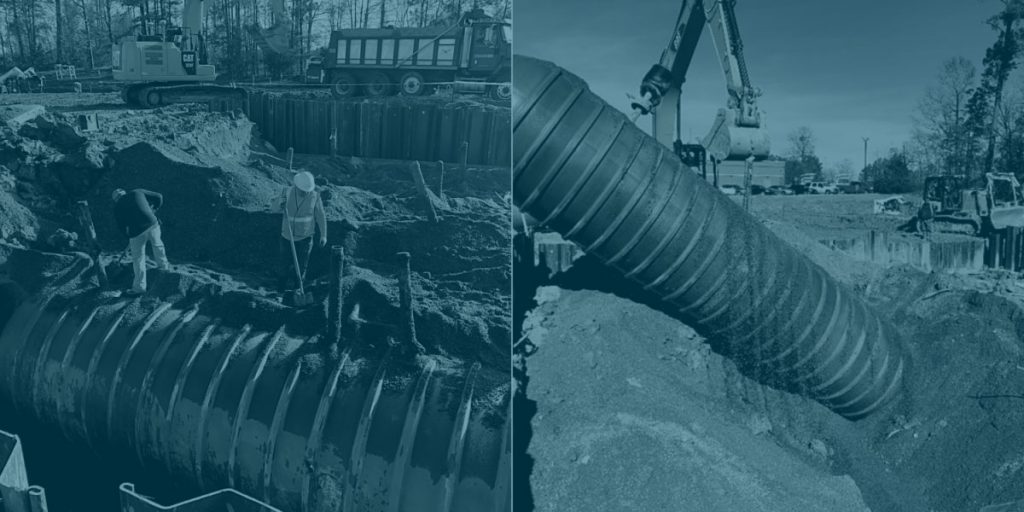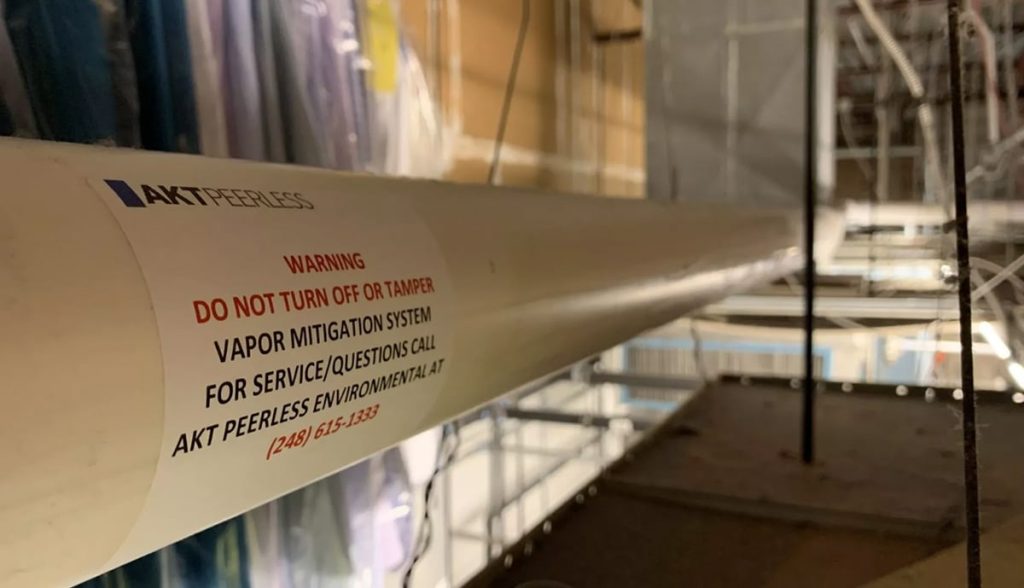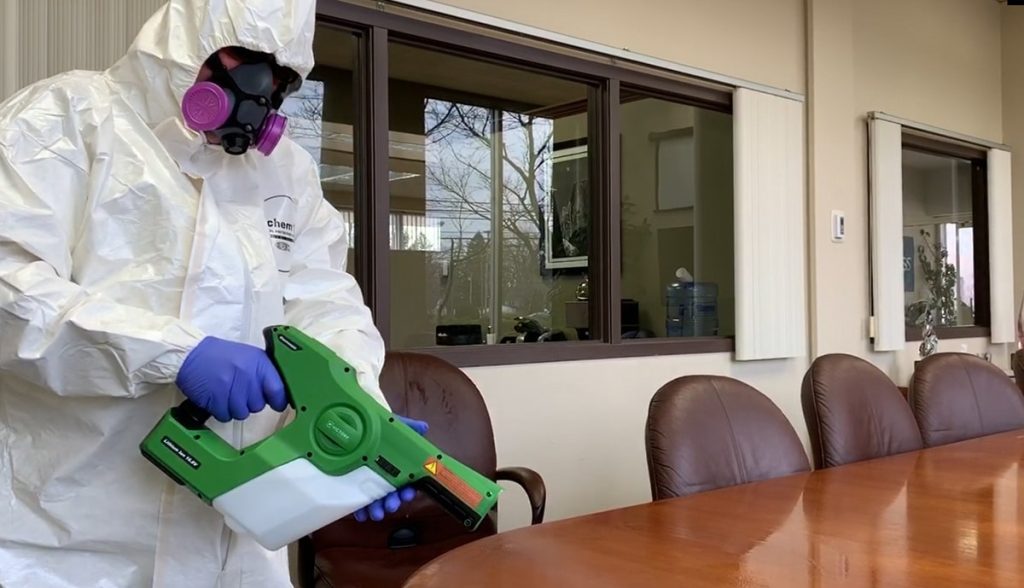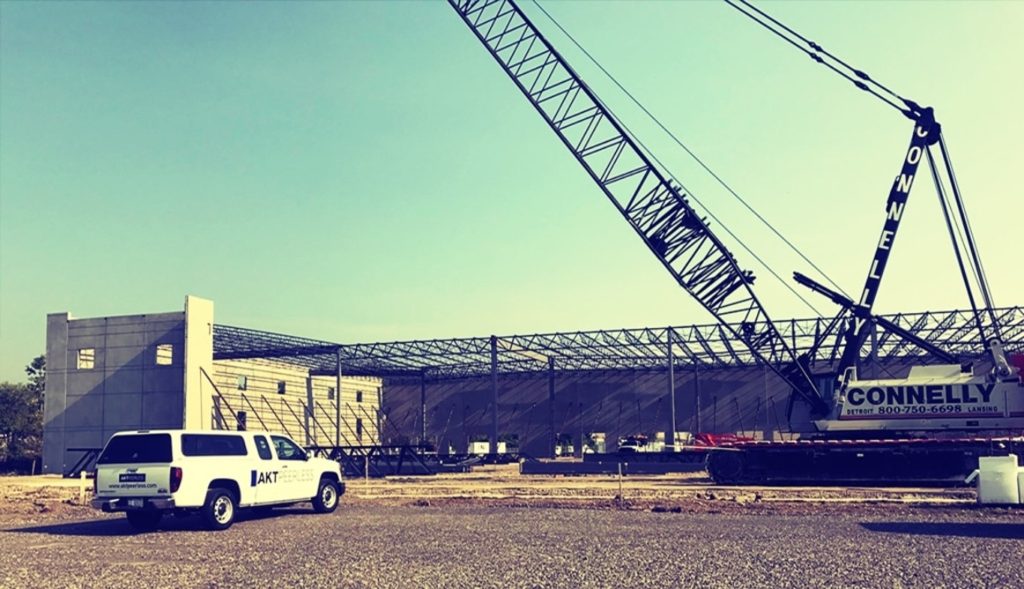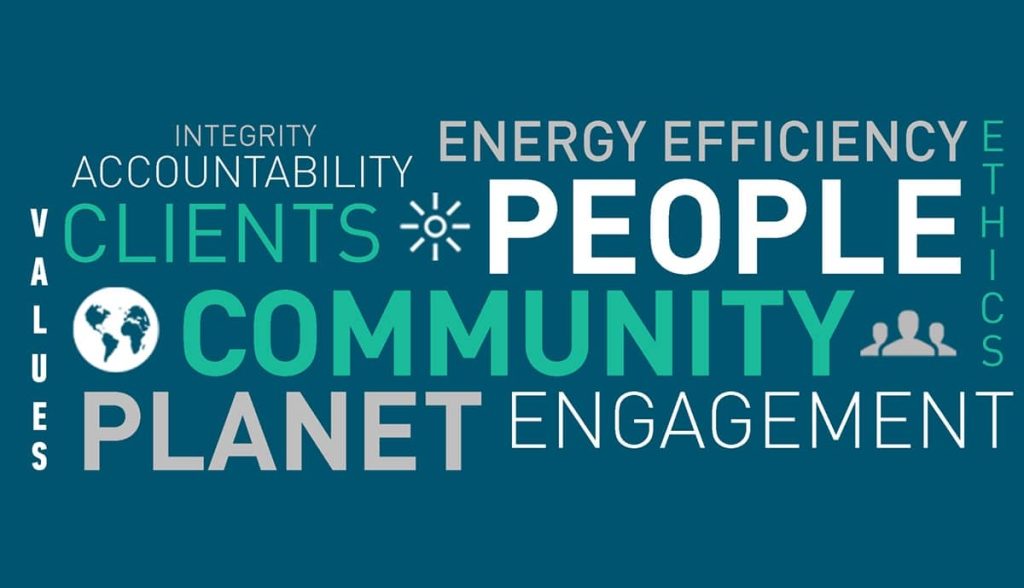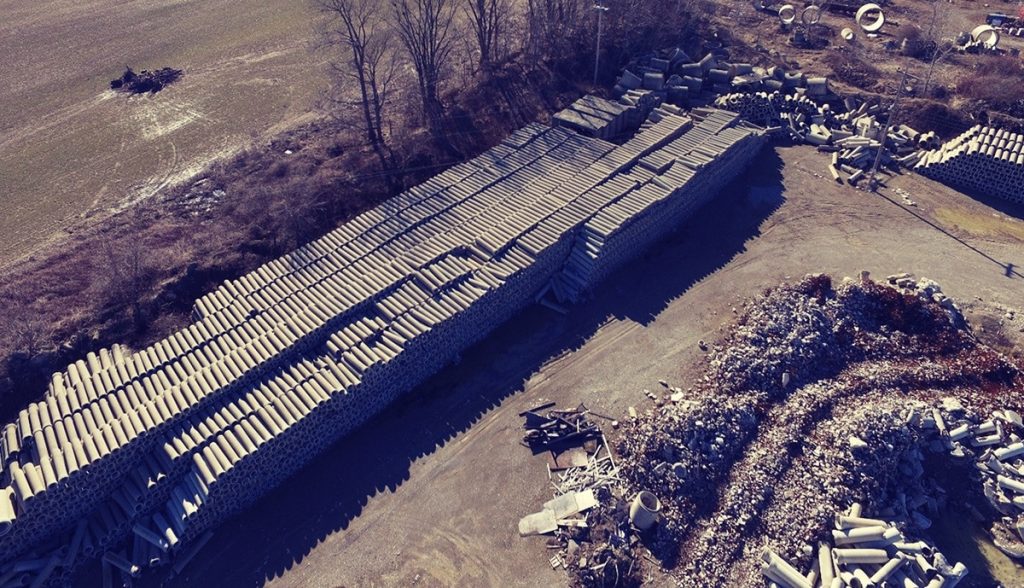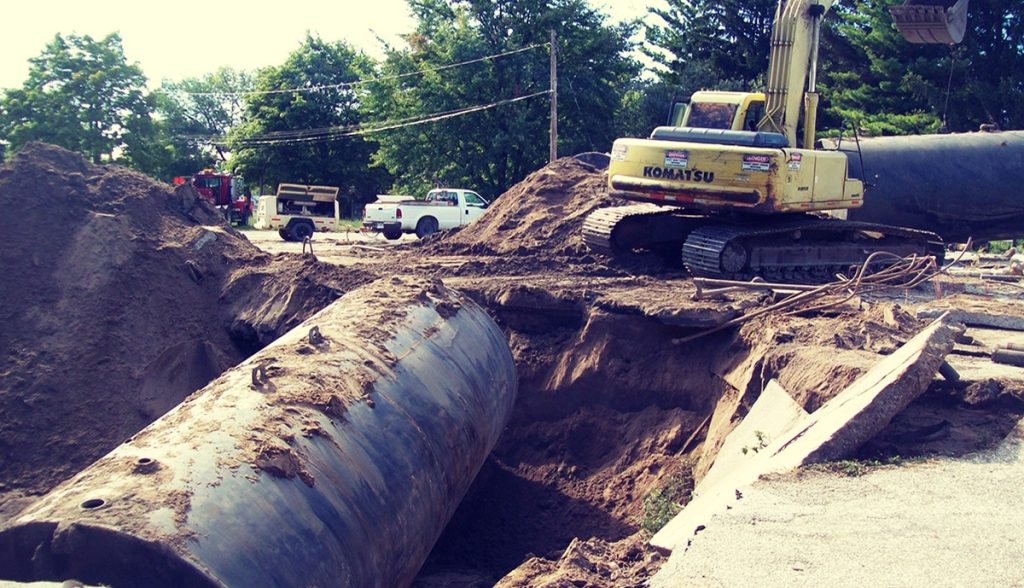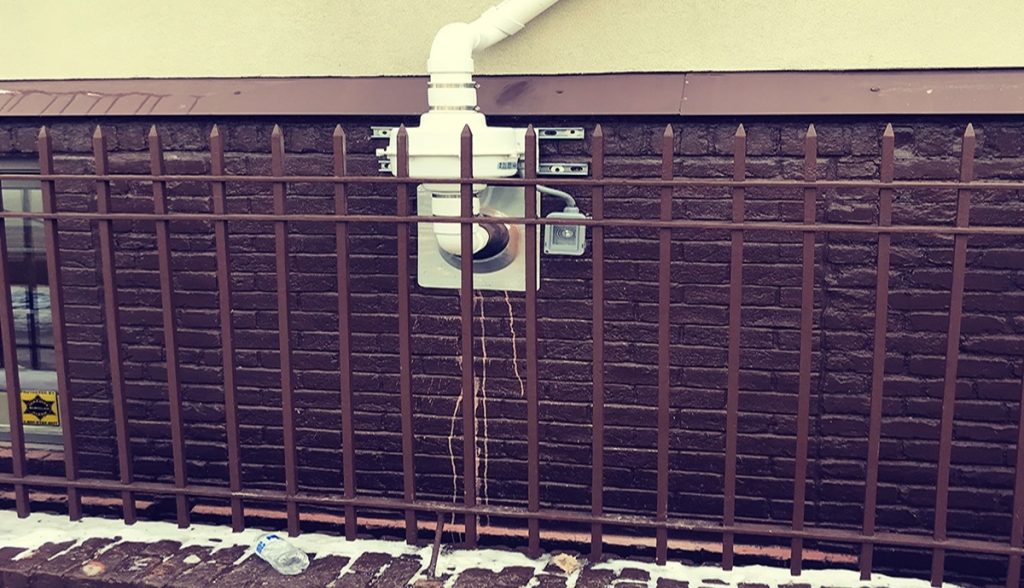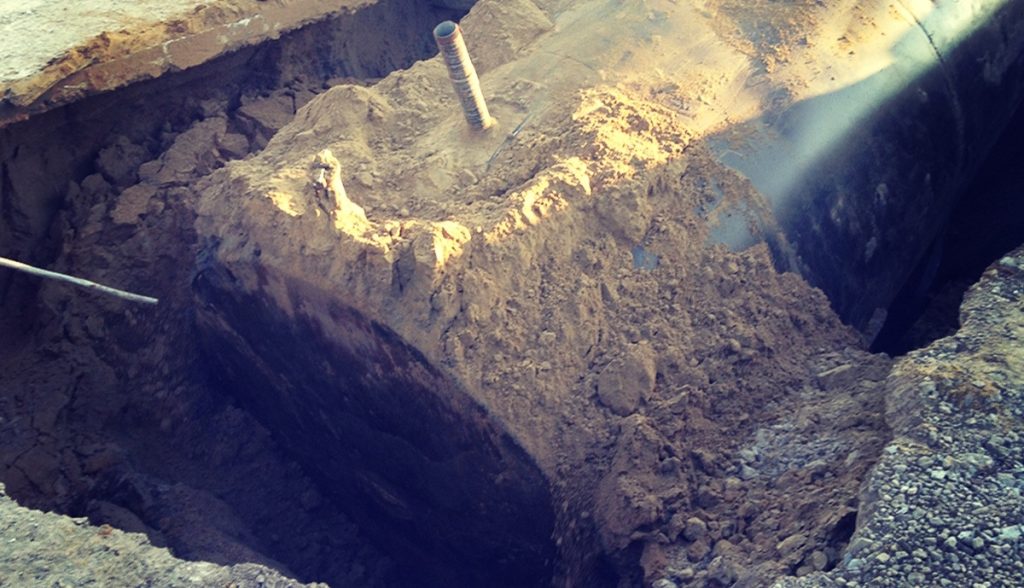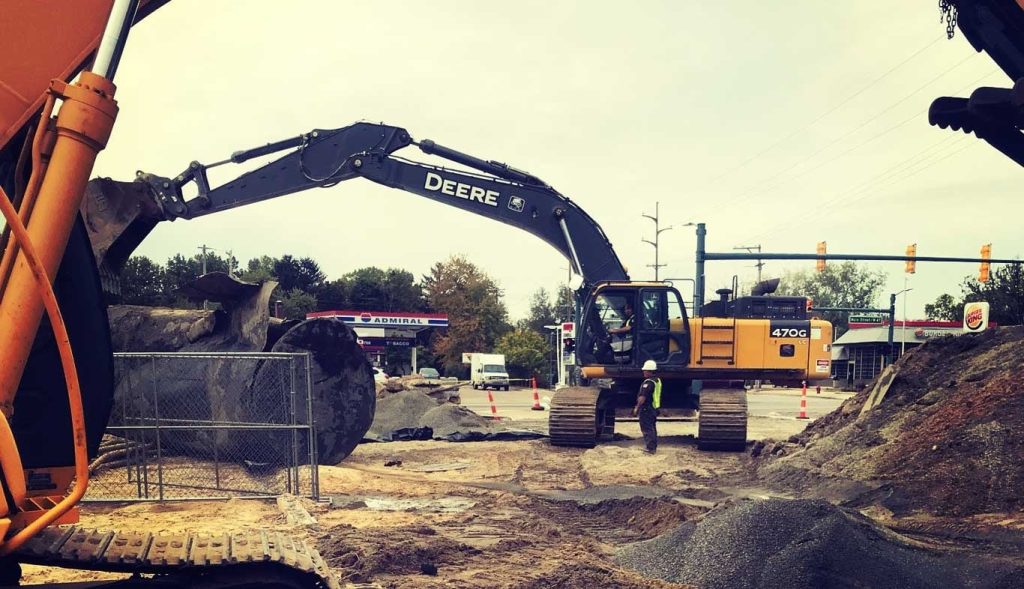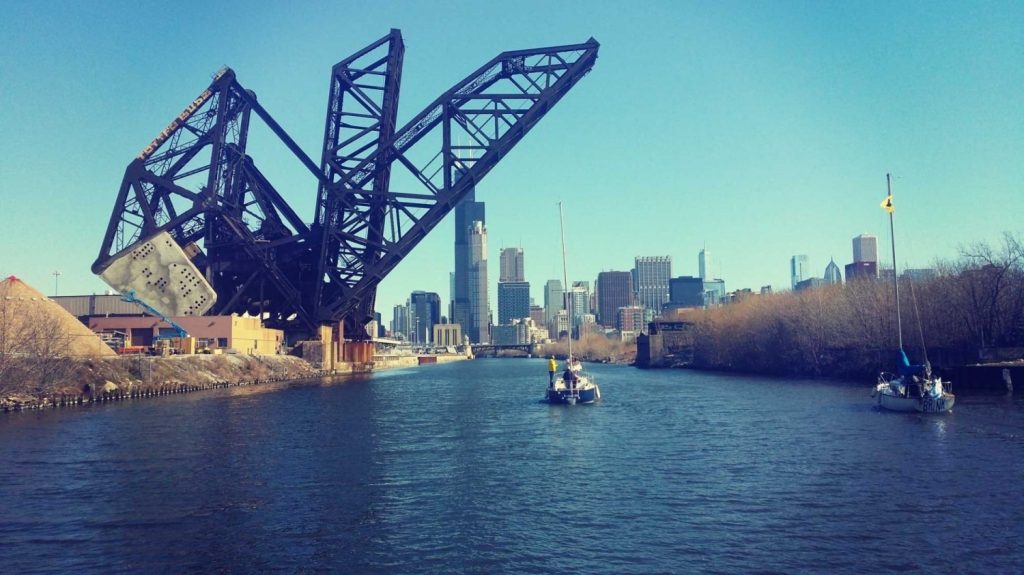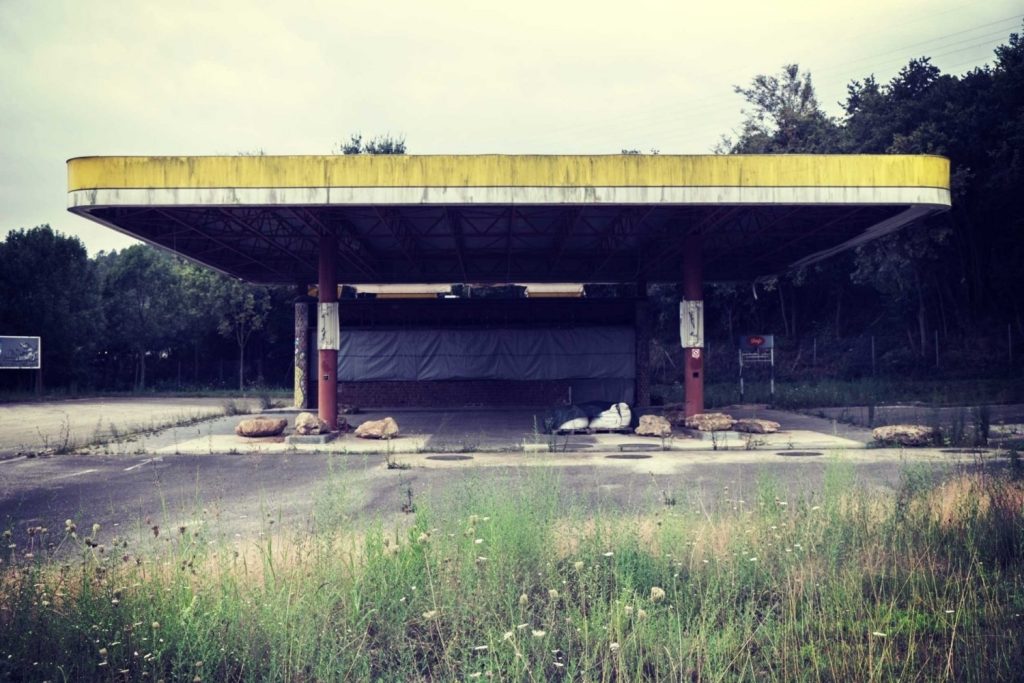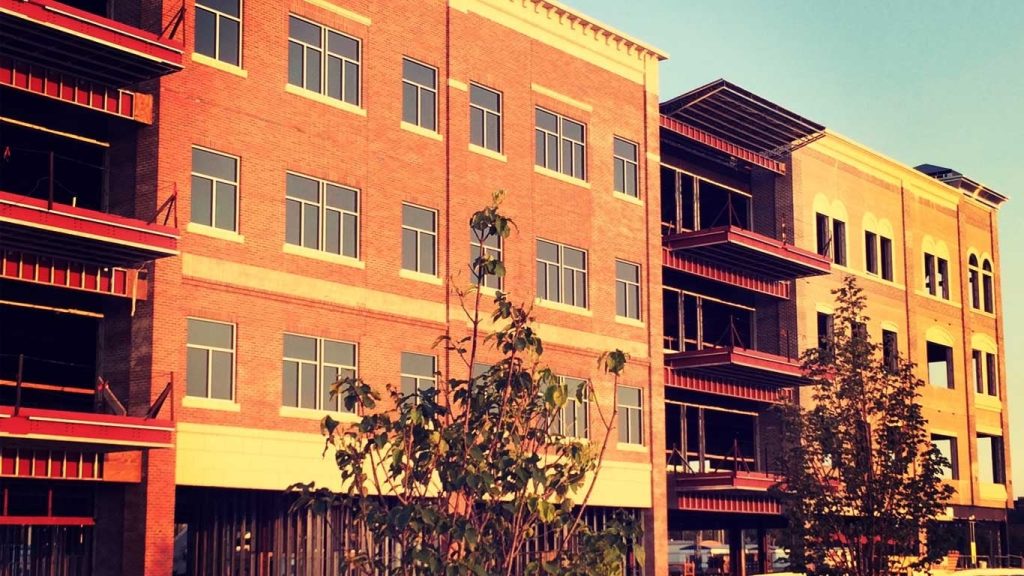Below, I summarize the main changes, and the rationale for those changes.
Environmental eligible activities – which the previous version of the law distinguished as baseline environmental activities, due care activities, and additional response activities – now all fall under the umbrella of “Department Specific Activities”. The use of a single term will make brownfield plans easier to approve and implement. In addition, the amendment identifies specific new environmental activities that fall within the definition.
These include:
Dust control related to construction activities where contamination is present. This had been covered in the past, but is now formally acknowledged as a reimbursable activity that helps prevent the spread of contamination.
Dredging and disposal of contaminated lake and river sediments associated with an economic development project. With all the port rehabilitation and dredging planned for Michigan, it was recognized that these activities should be included in Brownfield TIF. The eligible activity includes initial cleanup in cases where contamination in a waterbody has been a barrier to channel improvement, but not channel maintenance. Prior to the amendment, contaminated sediments that are the product of dredging have not been the regulatory responsibility of the MDEQ, but with the amendment, the disposal of sediments can now be covered as an eligible activity as long as it can be demonstrated that they contain contaminants exceeding MDEQ criteria.
Sheeting and shoring where necessary due to removal of contaminated sediments. This cost has been covered as a non-environmental activity in core communities, but is now recognized as a direct cost associated with contamination removal, available statewide.
Industrial cleaning had been approved in certain circumstances as an additional response activity in the past, but is now formally identified as an eligible cost to prepare existing facilities for safe reuse.
Lead, mold, and asbestos abatement when they pose an imminent threat to human health. Like UST removal, these activities had been considered a non-environmental for approval by MEDC, but now are considered environmental costs when conditions warrant. Mold is now included in the abatement suite, when it had not been previously.
Leaking Underground Storage Tanks as defined in Part 213, now qualify property as brownfield eligible.
Administrative Updates
A couple of additional amendments are noteworthy:
Increasing Michigan Strategic Fund’s (MSF) threshold for administrative approval of 381 Work Plans. The last major change in terms of MSF funding of non-environmental activities allows the MSF Chairperson (typically the head of MEDC) to administratively approve up to $1,000,000 in eligible activity costs (up from $500,000).
A few other minor changes include:
- Renaming the “Local Site Remediation Revolving Fund” to “Local Brownfield Revolving Fund”.
- Setting the amount to be reimbursed for the costs of the brownfield plan and 381 work plan preparation to $30,000.
- Setting the amount to be reimbursed for the costs of the brownfield plan, work plan and tracking, recording and compliance costs up to $30,000.
- Both MDEQ and MSF have 60 days to review a complete work plan. Prior to this, MSF had 65 days and MDEQ had 60 days.
- The requirement to describe the cost gap between a brownfield and a greenfield site in an Act 381 work plan has been removed. This is due to the much more rigorous cost vetting that occurs when projects are being considered for support by the agencies, making this unnecessary.
It should also be noted that this Amendment did not include the other notable brownfield TIF bills from 2016: The proposed “Transformational Brownfield Site” bills – seeking to add new construction as an eligible activity, as well as enabled capture of income and sales taxes – failed to secure passage in the State Legislature, though it is likely that some form of this bill package will be introduced in this new legislative session.
AKT Peerless has significant knowledge and experience with brownfield redevelopments and the financial mechanisms that often make projects viable and sustainable – in fact, we have successfully delivered our clients over $500 million in brownfield resources in Michigan alone. And you can count on us as we continue to be engaged in legislative improvements in this arena and to serve as a critical resource for our clients and prospective clients on brownfields.
To see how these improvements can be leveraged for your project, or if you should have any questions about Public Act 471 or about brownfields in general, please contact AKT Peerless at 800-985-7633 or at inquiries@aktpeerless.com.

